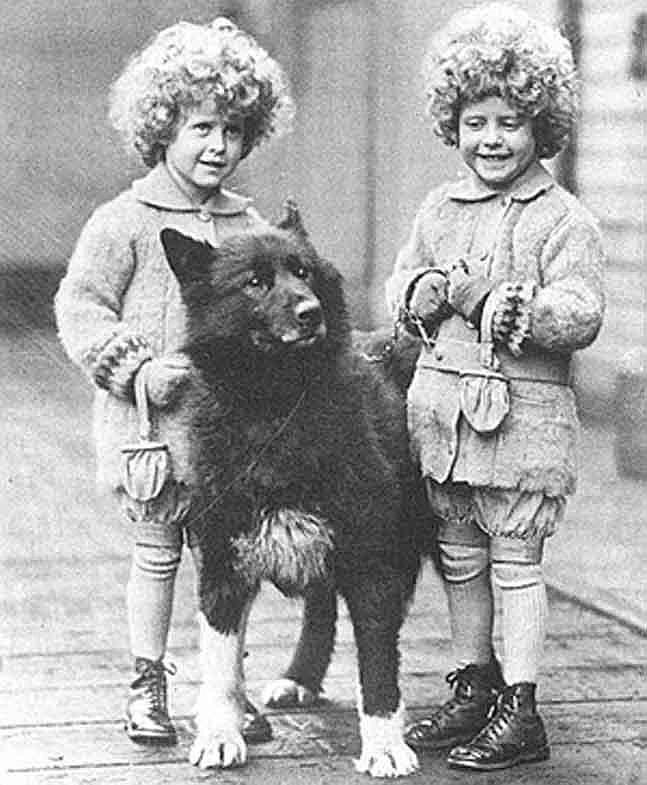Balto, if there is any place for the souls of dogs, where have you gone? I want to tell your story because I think that the angels have a mission in this system of things in the form of souls like yours, fulfilling a celestial purpose Love and Take Care of Us!

http://www.lasprovincias.es/20140227/mas-actualidad/sociedad/perros-convertidos-heroes-2014022720
It was the year 1925 in a small town called Nome south of the Seward-Alaska peninsula, where the outbreak of a very dangerous disease caused by a bacterium called Diphtheria that began to quickly take the lives of many residents and even younger children 5 years.
The population did not have enough antidotes to fight the disease, in view of this situation and under a terrible winter that made impossible the transfer by air and water of the diphtheria antitoxin from the city of Anchorage, capital of the state of Alaska, located at 1600 km of Nome and where there were sufficient quantities of serum required to eradicate the epidemic, it was decided that part of the transfer would be taken by train and the other on sledges.

https://www.expertoanimal.com/historia-de-balto-el-perro-lobo-que-se-convirtio-en-un-heroe-227
The train left from Anchorage to the town of Nenana and, from there, to Nome, it would travel 600 kilometers from Anchorage to Nenana and the remaining 1,000 kilometers would be traveled by dogs that would be responsible for carrying the medication on sledges. They had designed a relay system involving more than twenty groups of dogs each guided by a driver. They had to endure very low temperatures, which reached 400 C below zero, strong winds that overturned them and made them fall and desist. They crossed brittle and slippery ice, frozen waters, endured the effort and extreme fatigue. They crossed mountains, tundras and spruce forests. However, despite everything, they succeeded.
Balto was a mongrel husky, although his real name was Togo. It was attributed this name in memory of the Norwegian explorer Samuel Balto, popular in Nome during the gold rush.
The mestizo at the age of 2 years managed to excel in this race although he was not a leading dog and much less a guide, he was even castrated at 6 months of age because he was considered not to be a canine with outstanding skills for tracking and guide, therefore the coaches argued that it was best to avoid their reproduction.

http://www.spiegel.de/einestages/schlittenhunde-gegen-diphtherie-in-alaska-1925-a-94779
There are several theories about what happened to the last group of dogs, guided by Gunner (Balto's trainer): some suggest that it was Balto who led the dogs all the way (although he was not a guide dog), other than the dog. Guide dog did not manage to orient itself and in the last ones it is suggested that the guide broke a leg. What is certain is that Balto was the one who took charge of the race, even though many had little faith in him.
In just five and a half days, Squad B finally reached Nome with the diphtheria vaccine in their possession.
Perhaps it was because of its hybridization, or because it was not expected that a dog that had never been a guide before could lead the rest of the dogs, but the truth is that Balto was able to find the way and in much less time than expected.

http://www.wikiwand.com/en/Balto
Sadly, Balto was sold along with other dogs to the zoo in Cleveland (Ohio), where he lived until his 14th birthday, died on March 14, 1933. He was later embalmed and can now be found in the Cleveland Museum of Natural History.

http://es.pounmuve.wikia.com/wiki/Balto
Fuente Documental: https://www.expertoanimal.com/historia-de-balto-el-perro-lobo-que-se-convirtio-en-un-heroe-22754.html
https://www.animaltia.es/balto-el-perro-salvador/